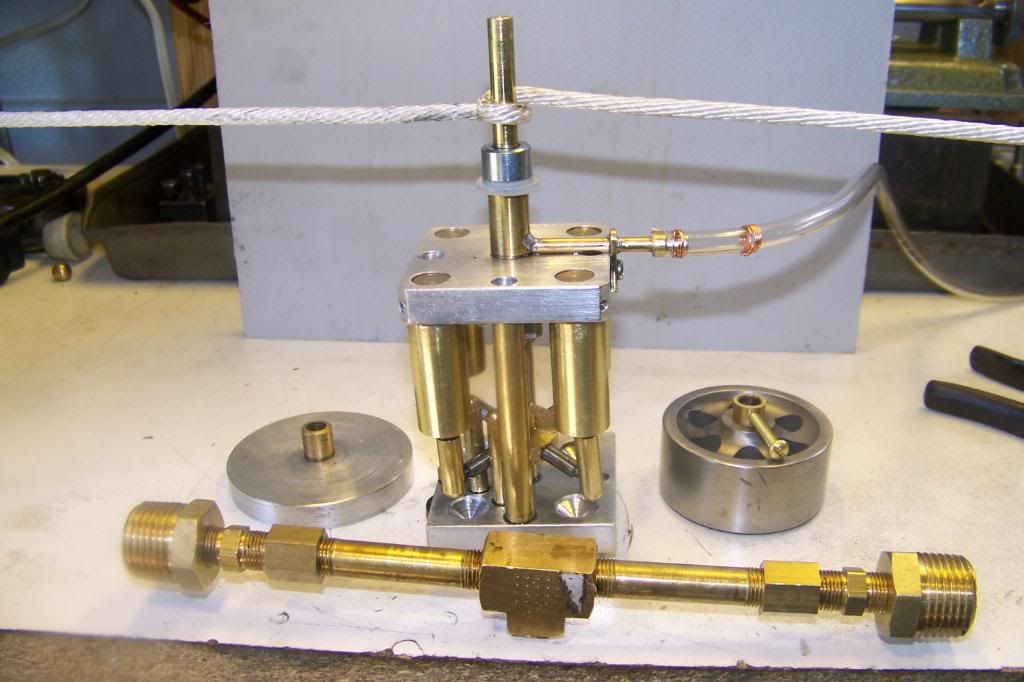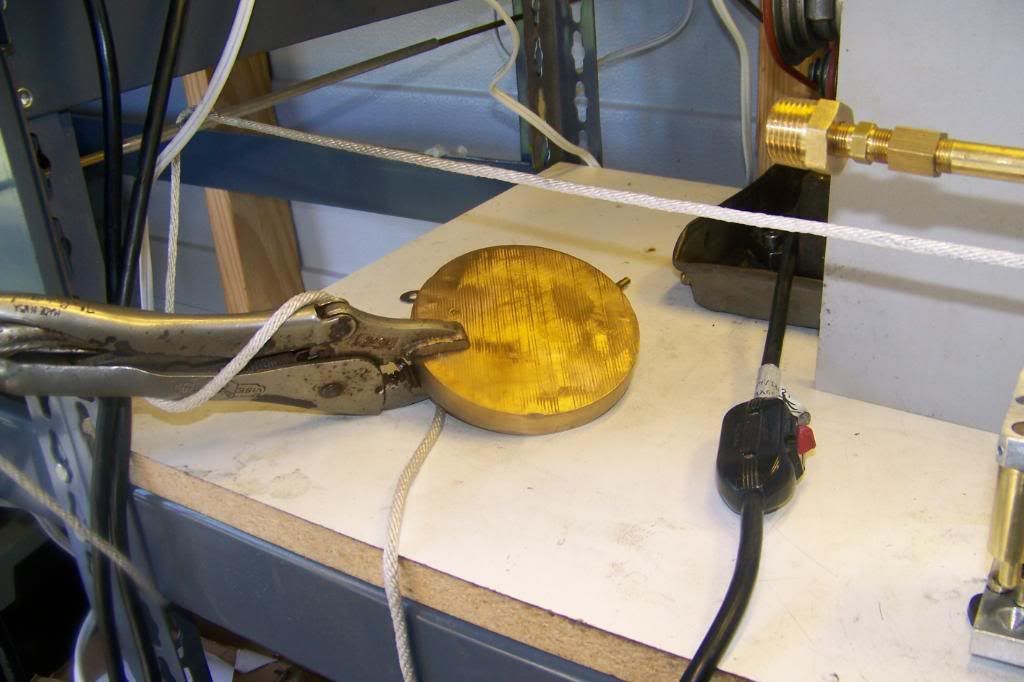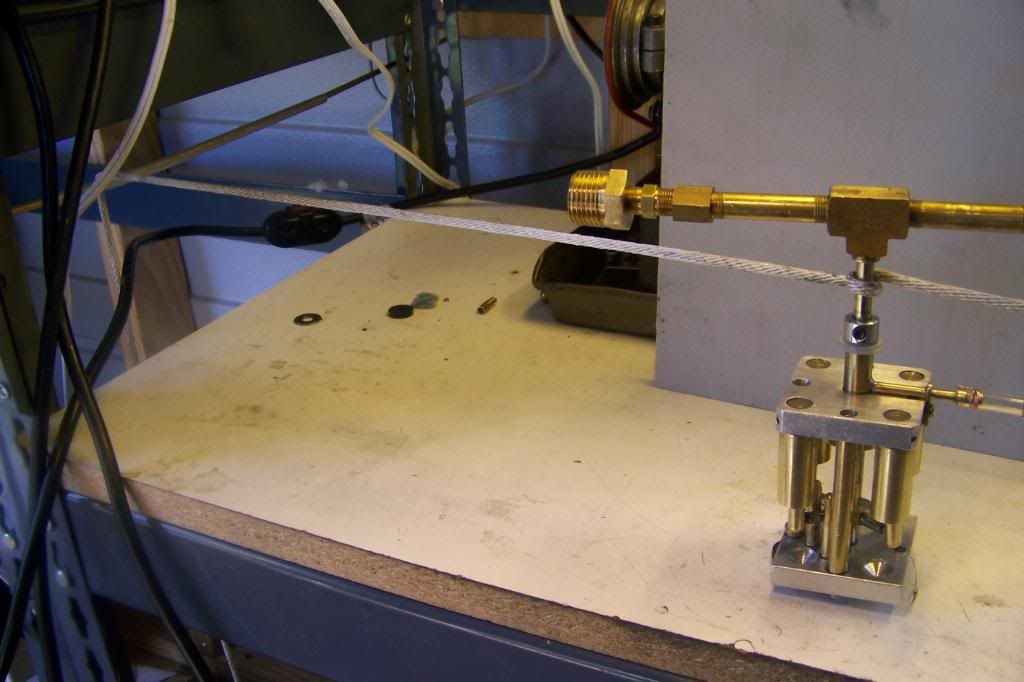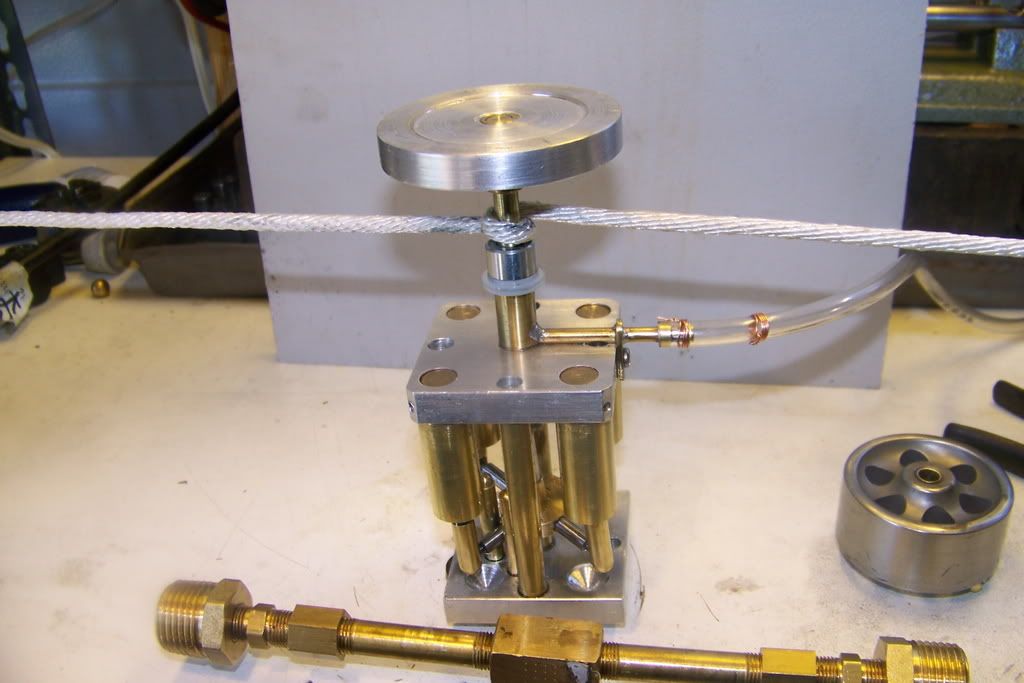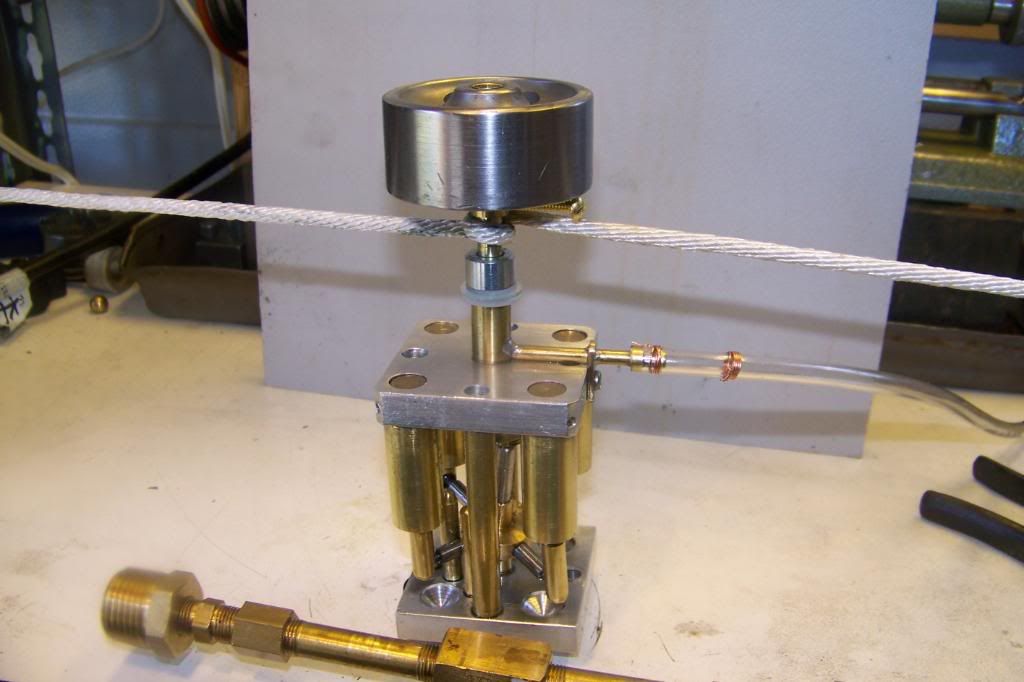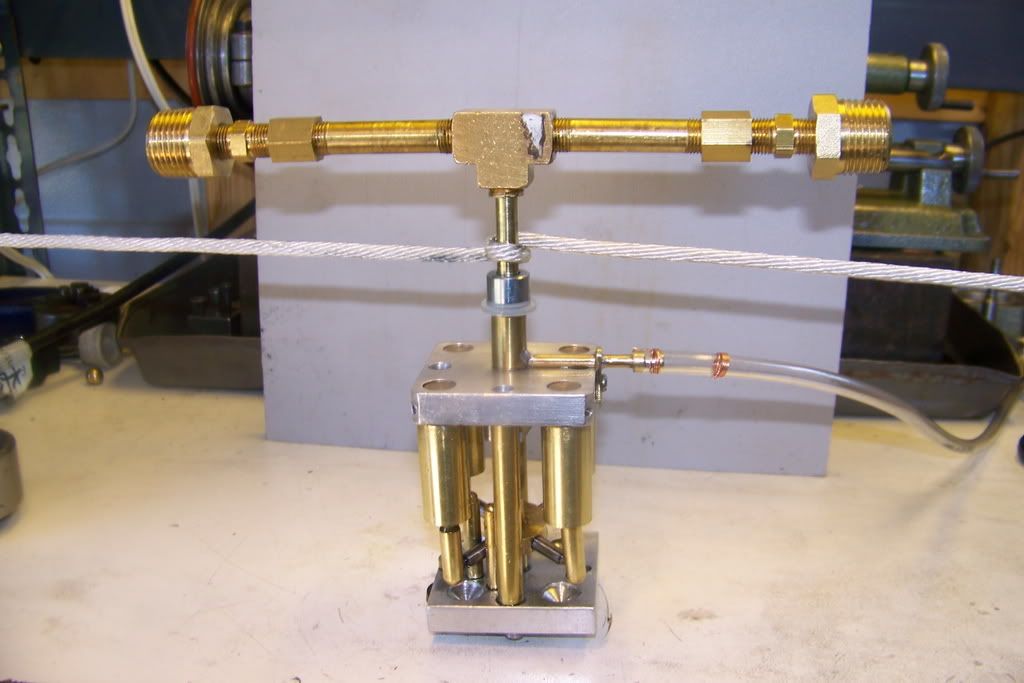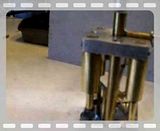- Joined
- Dec 2, 2008
- Messages
- 971
- Reaction score
- 8
Hi Y'all
This thread got a little off track but I'm going to try to bring it back to center.
Im going to spend some time and effort fine tuning the Weeble before completing the plans for posting. This is the first build of an original design and deserves to be tested more thoroughly before presenting it to others to build. I want to be a little more confident in a few of the details. A number of ideas occurred to me as I was building it that may have improved the design that I did not go back and incorporate. Mostly these are procedural ideas and a few are refinements and simplification. This is after all a very simple design and that is how it should be kept.
Mostly , I want to fine tune the performance. I hope to be able to include some specific performance data from the tests. From input on this forum I now know how to build and use a Prony Brake to test output power and torque.
More to follow soon.
Jerry
This thread got a little off track but I'm going to try to bring it back to center.
Im going to spend some time and effort fine tuning the Weeble before completing the plans for posting. This is the first build of an original design and deserves to be tested more thoroughly before presenting it to others to build. I want to be a little more confident in a few of the details. A number of ideas occurred to me as I was building it that may have improved the design that I did not go back and incorporate. Mostly these are procedural ideas and a few are refinements and simplification. This is after all a very simple design and that is how it should be kept.
Mostly , I want to fine tune the performance. I hope to be able to include some specific performance data from the tests. From input on this forum I now know how to build and use a Prony Brake to test output power and torque.
More to follow soon.
Jerry






